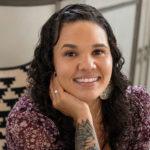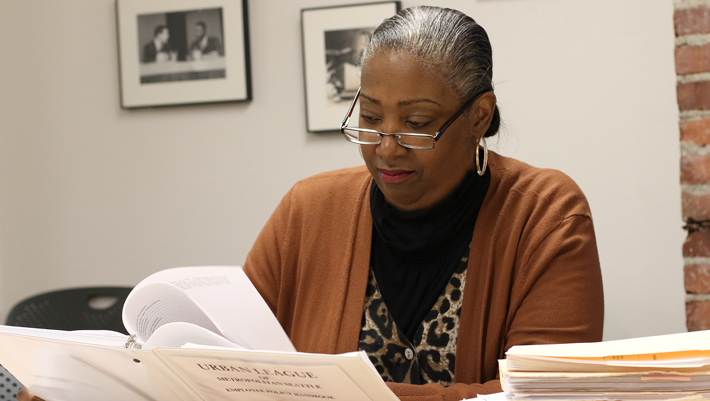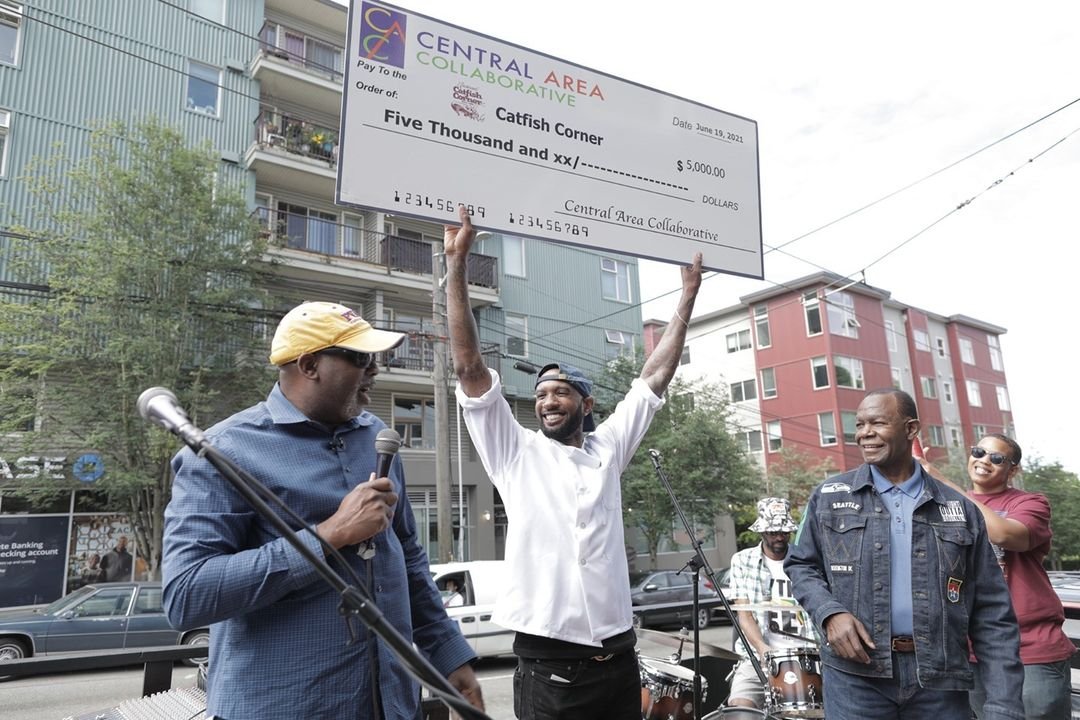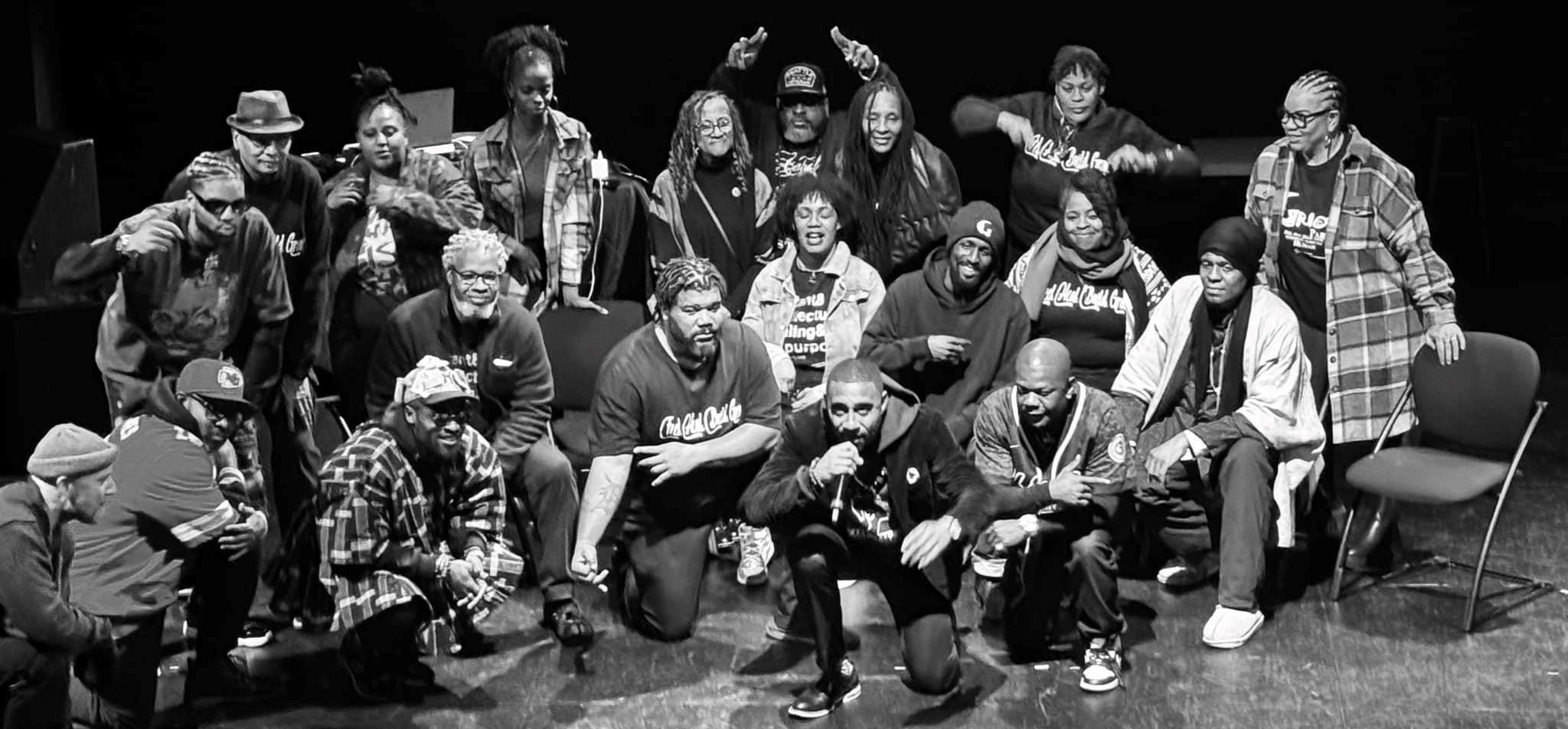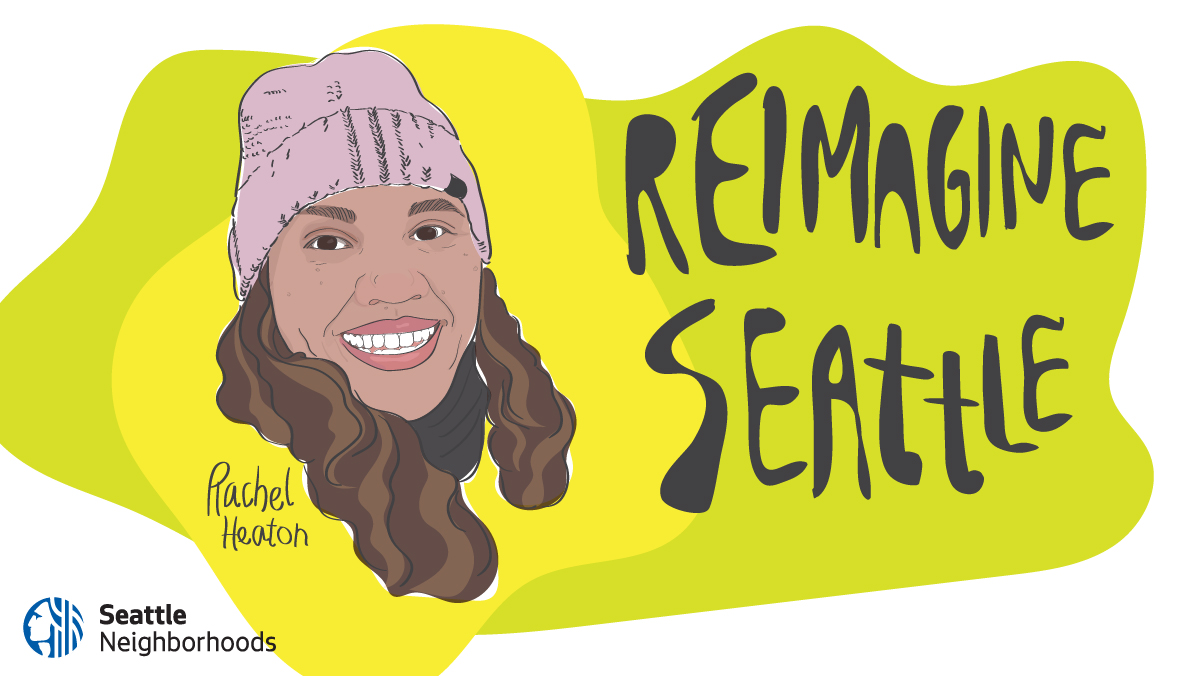
The challenges of the past two years have changed the way we live, the way we work, and the way we show up for each other. They have also given us a rare chance to collectively reimagine our future. Through the Reimagine Seattle Storytelling Project we invite community members to reflect on their current experiences in Seattle, how they have been impacted by recent events, and their hopes for the future of our city.
Reimagining Seattle
by Rachel Heaton
When I think of completely reimagining our city, so much comes to mind. First, I’m honored to be asked to contribute to the task and next, I thought, Wow! How do I really imagine the future of my city beyond the work I currently put in? That could encompass so much and a lifetime of change. To start, I can literally say this is “my city”, my family and my ancestors are the first people of this land and came directly from villages that resided on the shores of what you all call Lake Union and other parts of the Puget Sound and surrounding bodies of water in and around this city. My ancestors saw this land in its purest form and protected it until they were forcibly removed. This history and trauma of this history resides in every part of me and who I am.
Throughout history and even up to the present, the well-being of my people and other marginalized groups has not been in the best interest of this city. However, I believe one tribe at a time, one person at a time, and one group at a time we have had to regain the true sense of who we are. I say one at time because first the work starts internally. From there, we can move that work to a collective. We have to start healing within ourselves before we move that healing beyond ourselves and on to others.
Over the last year and a half, we have lived through a time that I know many of us could never imagine. COVID 19 has literally changed the entire world. During this time, I’ve thought of my ancestors many times and what they witnessed in their lifetimes. They experienced the hardest of times, traumas that most of us could never imagine nor comprehend. Yet, I am here. My people are still here. During this time of COVID, we have seen my people watch the unearthing of thousands of our people’s babies from the grounds of hundreds of residential schools that our people were forcibly removed from their homes and sent to. We have watched the world search for white girls and defend white boys, while ours continue to go missing, be killed, and are never considered a focus. We have watched militarized police force our elders and people off their lands for the best interest of corporate greed. The list goes on. While there is so much I could continue to write about, at this moment I am going to simply speak on part of my own experience through this time as that is the best and only perspective I can truly speak on.
In this time of COVID, my largest focus has been placed on wellness. What does wellness for myself look like? What does wellness for my children and loved ones look like? What does wellness for my community look like? Wellness for so many folks, I believe, has shifted during this time. We have seen the resources that are not available to so many and for many, wellness has been an allowed focus. As we have seen and as expected, mental health and physical health issues are on the rise as most of us have had to slow down, spend more time indoors, be separated from friends and loved ones, and have had to deal with ourselves like never before. This pandemic has triggered and surfaced so many things in us as a collective and as individuals. Speaking for myself, I can honestly say my mental health has been one of my largest challenges in this last year in a half. As a result, I have had to make myself a priority over and over and over, as have many others. However, many people in this city do not have that luxury. As we have seen, so many resources for this sort of healing are just not available. Especially in a city as large as this one. I’m thankful my tribal community has continued to provide them for us.
For me, being on the land of my people and getting out into nature has been a large part of my own healing. During this time, I have tried to create space (within safe social distancing) and provide space for others to join me in these spaces. Nature heals us. Nature provides for us. But how do those in concrete spaces like this city get into nature? My people understood that the trees and all living things are our relatives and are a part of us. Human life is nothing without them. If we are living in a traumatizing space such as our city, that means the very living things in our city and parks are traumatized as well; the trees, the plants, and the animals. So, we must ask ourselves, how can we create healing spaces in our city? And, if we cannot, how do we provide the resources to get people out into the healing spaces of nature?
When I think of reimagining my city, I think of providing more resources to help folks combat their own mental health, which in turn can also help our physical health. I think of providing healing spaces, natural spaces…more trees, more nature, healthy foods, less concrete. Where are these spaces and how can we collectively appreciate what this land could and does provide?… not looking for the next spot to put another skyscraper, another condominium, another corporate business… those things will always be a priority for an ever-growing city. But when do the people, the food, and the spaces become the priority? When people are healed, when the people of this land are valued, and when the land is healed, we all become better. If I could completely reimagine this city, I would make the creation of these resources and these spaces a priority. For every building that goes up, a space of healing must be created. Mental health and physical health resources would be placed as a priority, over additional police funding and corporate support. Because when the people are better, the city is better. These are just some of my hopes for the future of Seattle.
